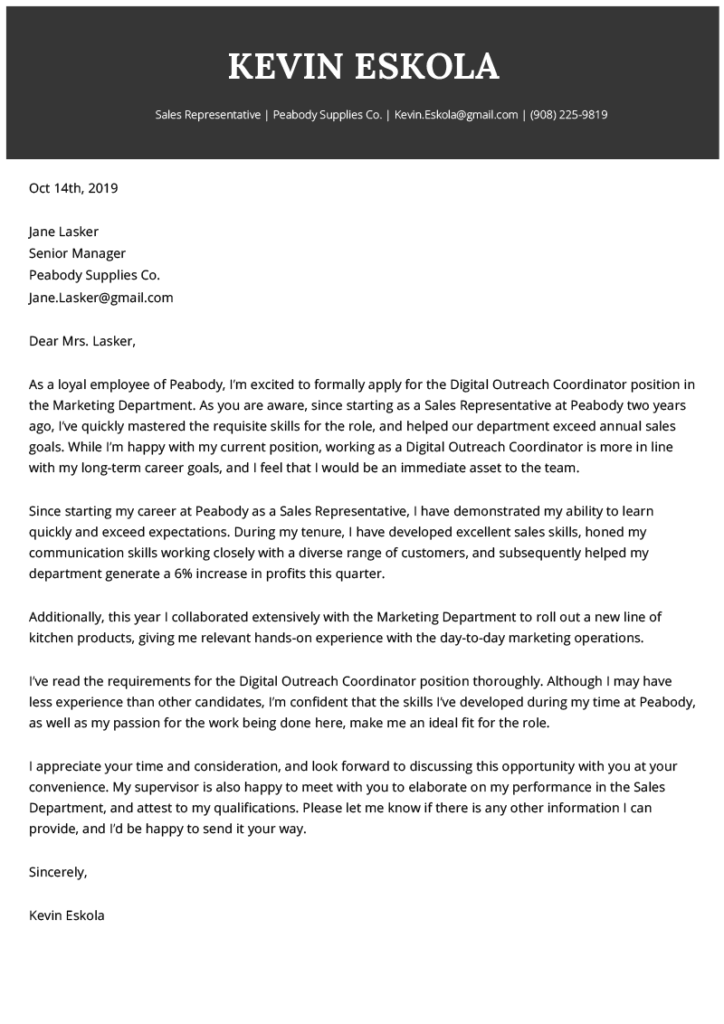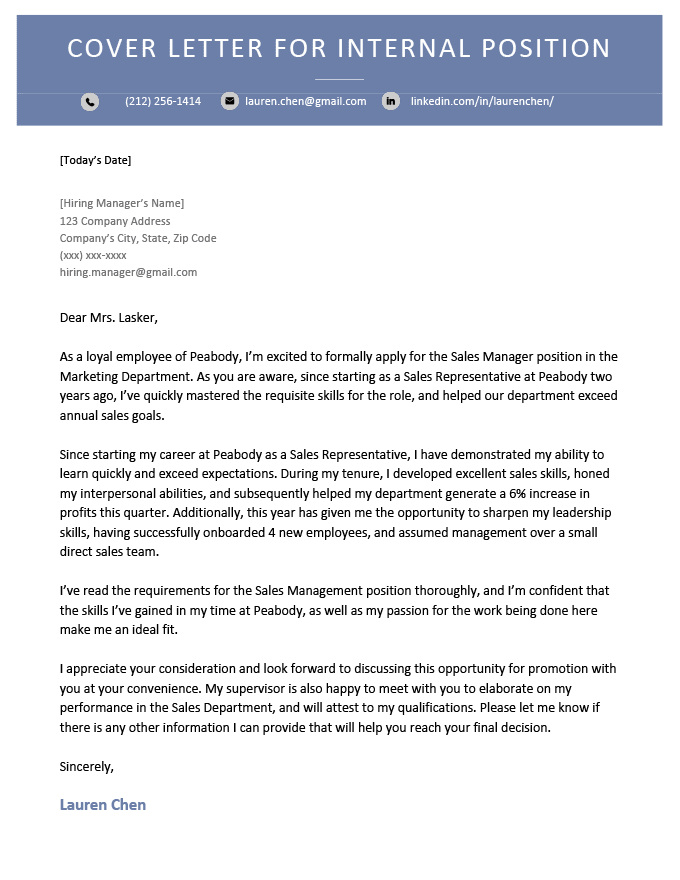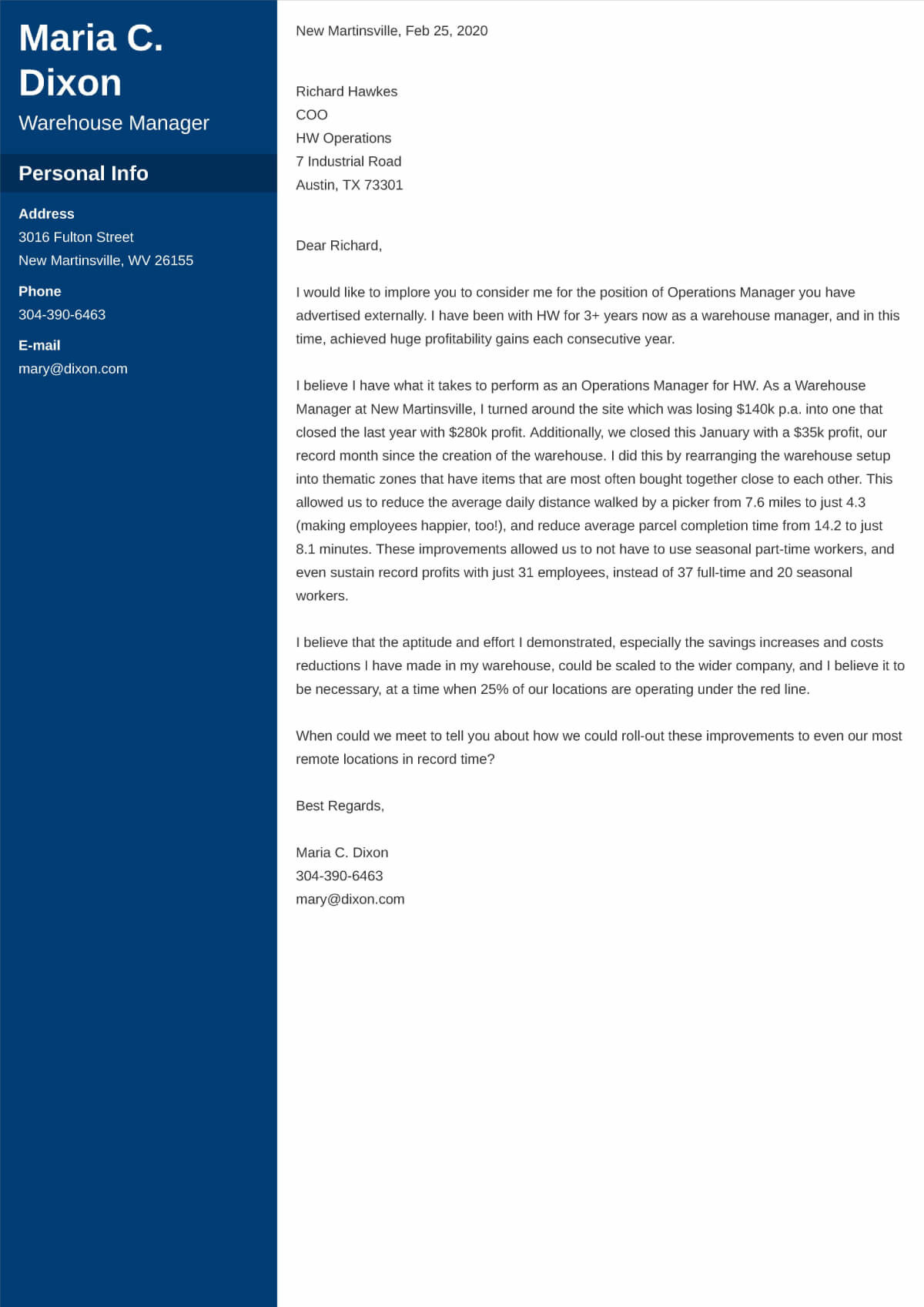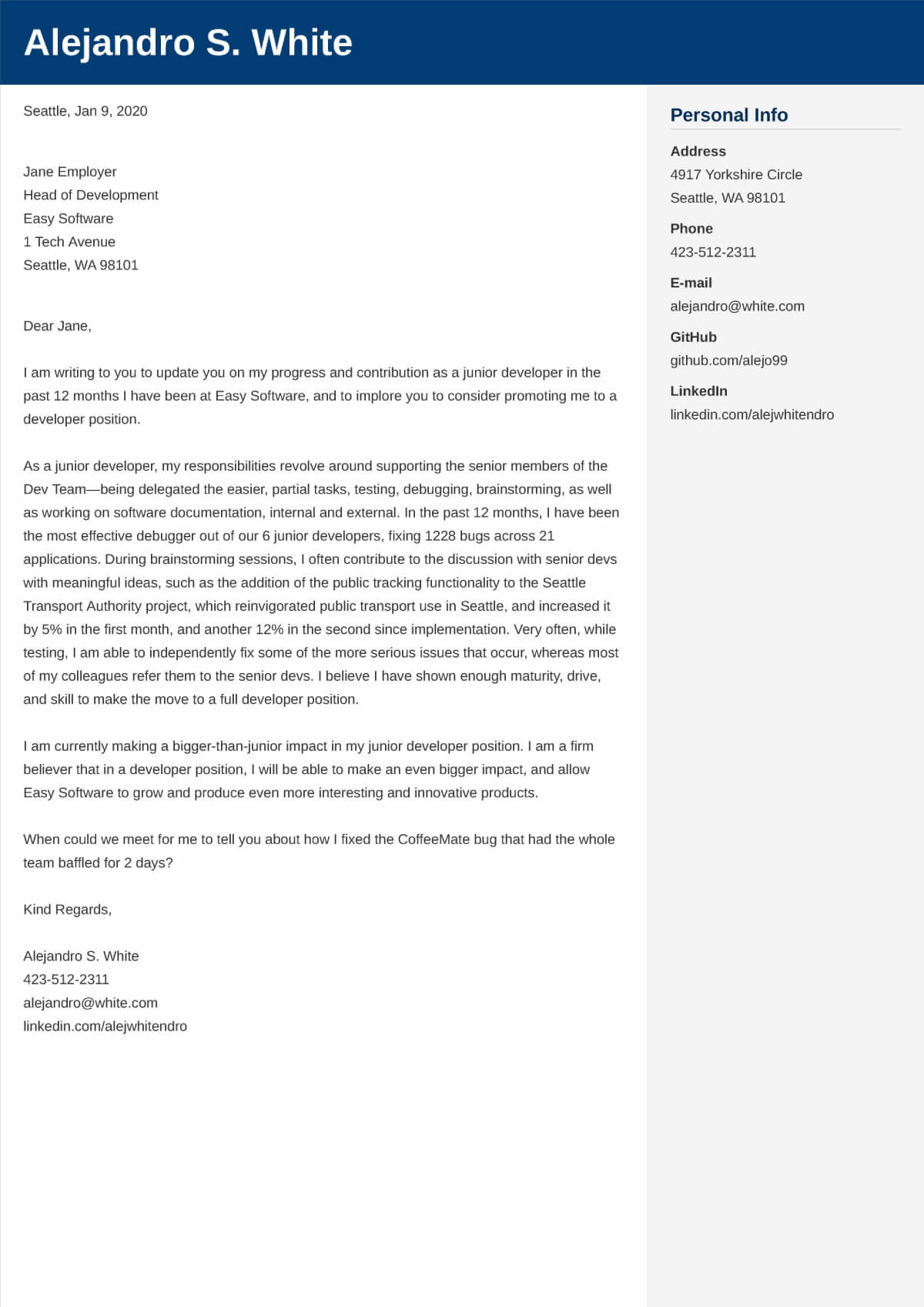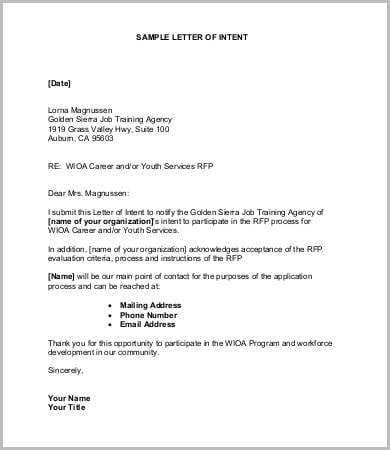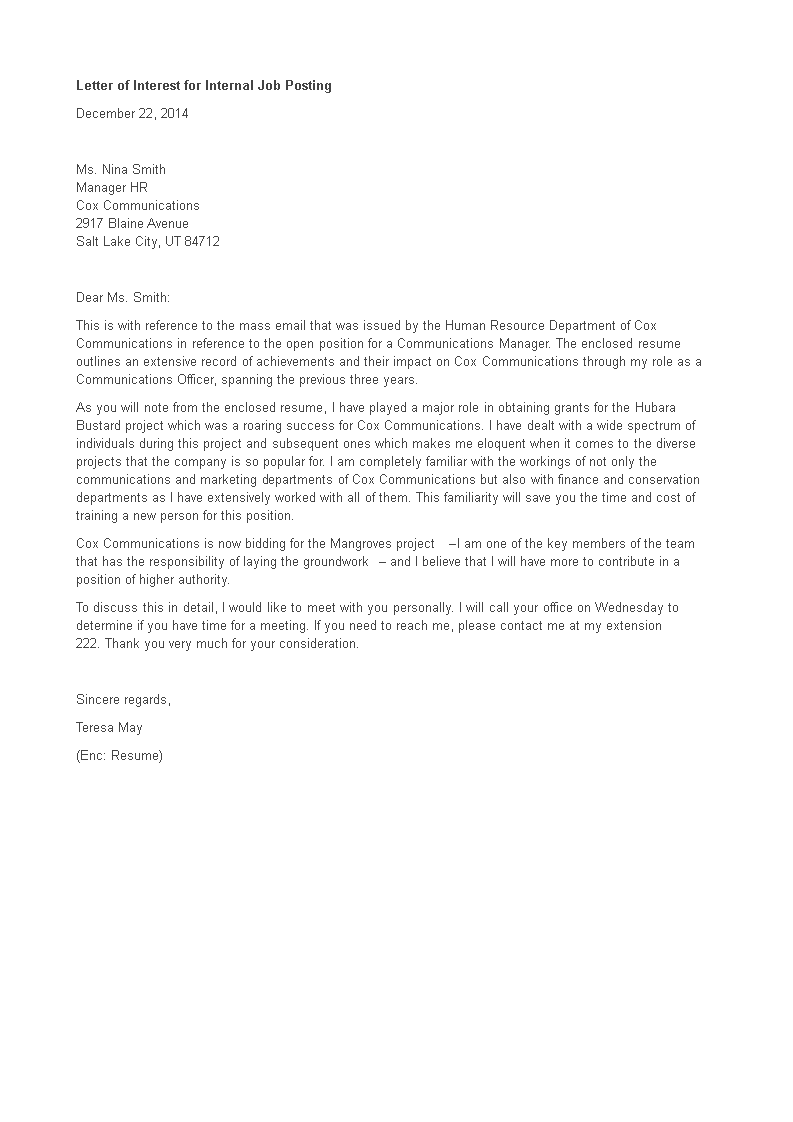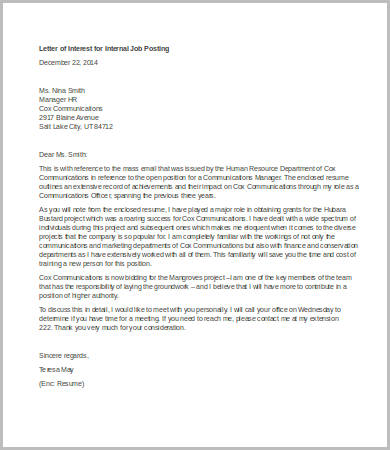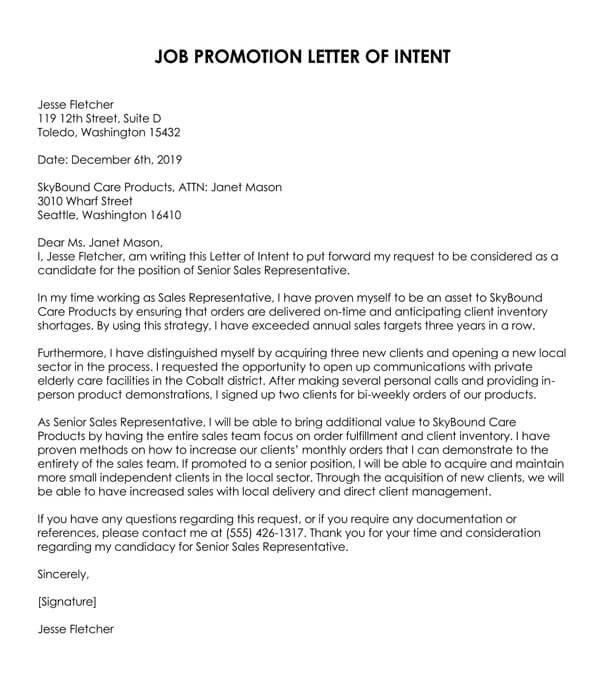Amazing Info About Letter Of Intent Internal Position Resume Format Work Experience
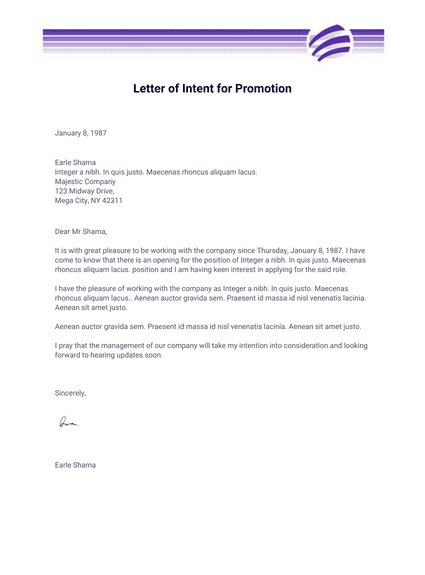
Both are used to enhance a resume, provide an example of relevant skills and experiences, and show sincere interest in the company.
Letter of intent internal position. Applying for an internal position in your company can be a tricky undertaking, especially if you're interested in keeping the inquiry confidential, so as to not jeopardize your current position. A cover letter is used to apply for an available position within a company, whereas a. I am writing to express my strong interest in the position of student affairs officer at acadshare state university as i have learned that it has been available for a few months now.
Email and phone help available. There may be a specific role you (or the employer) has in mind, but more often you’re interested in tossing your name into the hat for any opportunities an organization may offer. The main parts of your letter of intent include a summary of your job qualifications, plus a detailed account of your career goals and accomplishments.
Ad fill fields preview intent letter print. A professional letter of intent for a job is your first opportunity to make a good impression and get noticed. It is similar to a cover letter and does not replace your resume.
Stick to a classic, professional format. To write an internal position cover letter, follow these steps: Unlike a cover letter, it does not specifically address a position.
It should cover the details on why you should be considered a candidate for the position. As such, your letter of application for an internal post should indicate that you prefer your application be kept confidential, at least until you become a serious contender for. You don't need to introduce yourself by name unless the recipient doesn't know you.
It is a formal document that looks much like a cover letter but expresses your desire to fulfill an internal job position available at the time of your writing. Follow these steps to create a cover letter for an internal position: Explain the purpose of your cover letter after you've addressed the recipient of your cover letter, state the position or promotion that you're applying for within the first line or two.
![Internal Position Cover Letter Examples & Expert Tips [Free]](https://s3.resume.io/cdn-cgi/image/width=544,format=auto/uploads/examples/cover_letter/resume_pages/8281/persistent-resource/internal-position-cover-letter-examples.jpg)
